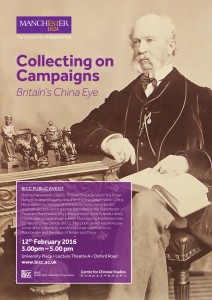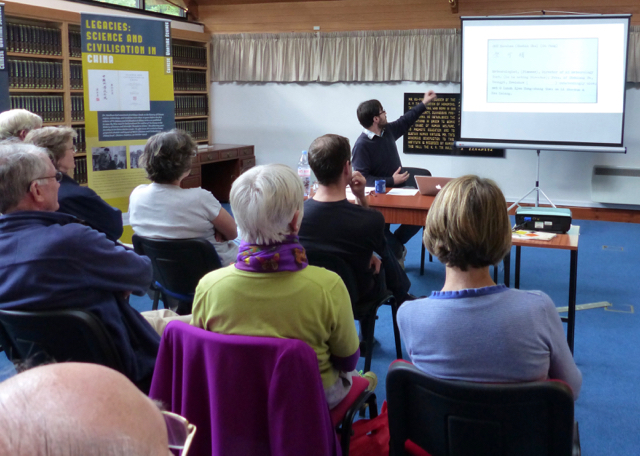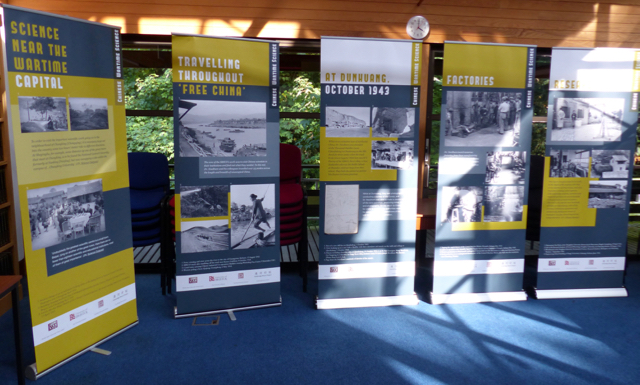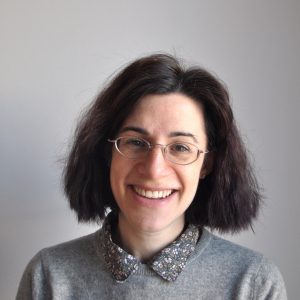 I am a historian of early modern and modern China with a focus on the history of women and gender, and visual/material culture. Funding from the BICC enabled me to pursue DPhil studies at the University of Oxford from 2008-14, where I wrote a dissertation entitled ‘Embroidered Figures: Commercial Production and Popular Culture in the Early Modern Chinese Fashion System’, supervised by Shelagh Vainker, Curator of Chinese Art at the Ashmolean Museum, and Associate Professor of Chinese Art at University of Oxford. The dissertation explored how textile handicraft commercialization and urban popular culture transformed women’s engagement with fashionable dress, enabling women to contribute to local economies and cultures, and was further supported by the KS Scholarship for Chinese Art, and the Gervers Fellowship for Textiles and Dress at the Royal Ontario Museum. Since graduating, I have published articles in Late Imperial China (2015), Costume (2016), and Fashion Theory (2016), and taught as Visiting Assistant Professor in the Department of History of Art and Visual Culture at Rhode Island School of Design from 2015-16.
I am a historian of early modern and modern China with a focus on the history of women and gender, and visual/material culture. Funding from the BICC enabled me to pursue DPhil studies at the University of Oxford from 2008-14, where I wrote a dissertation entitled ‘Embroidered Figures: Commercial Production and Popular Culture in the Early Modern Chinese Fashion System’, supervised by Shelagh Vainker, Curator of Chinese Art at the Ashmolean Museum, and Associate Professor of Chinese Art at University of Oxford. The dissertation explored how textile handicraft commercialization and urban popular culture transformed women’s engagement with fashionable dress, enabling women to contribute to local economies and cultures, and was further supported by the KS Scholarship for Chinese Art, and the Gervers Fellowship for Textiles and Dress at the Royal Ontario Museum. Since graduating, I have published articles in Late Imperial China (2015), Costume (2016), and Fashion Theory (2016), and taught as Visiting Assistant Professor in the Department of History of Art and Visual Culture at Rhode Island School of Design from 2015-16.
For 2016-17, I have been awarded an ACLS / Luce Foundation Postdoctoral Fellowship to develop my dissertation into a book manuscript. I will also visit China to begin a new project which moves into the twentieth century, and examines needlework as a medium of encounter between Chinese and Western women as handicraft workers, missionaries, shop-owners, students and teachers, at a time when long-held notions of gender were uprooted, handicraft industries were revolutionized by industrialization and globalization, and embroidery’s materiality was transformed by new needlework forms introduced by foreign missionaries and merchants. The BICC played a crucial role in providing the financial support, training and academic freedom to develop my research interests in fashion and dress as a mode of cultural and economic creation, and how processes of commercialization, modernization and industrialization in textile handicrafts impact upon women’s experiences in the home, community and society.

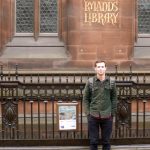
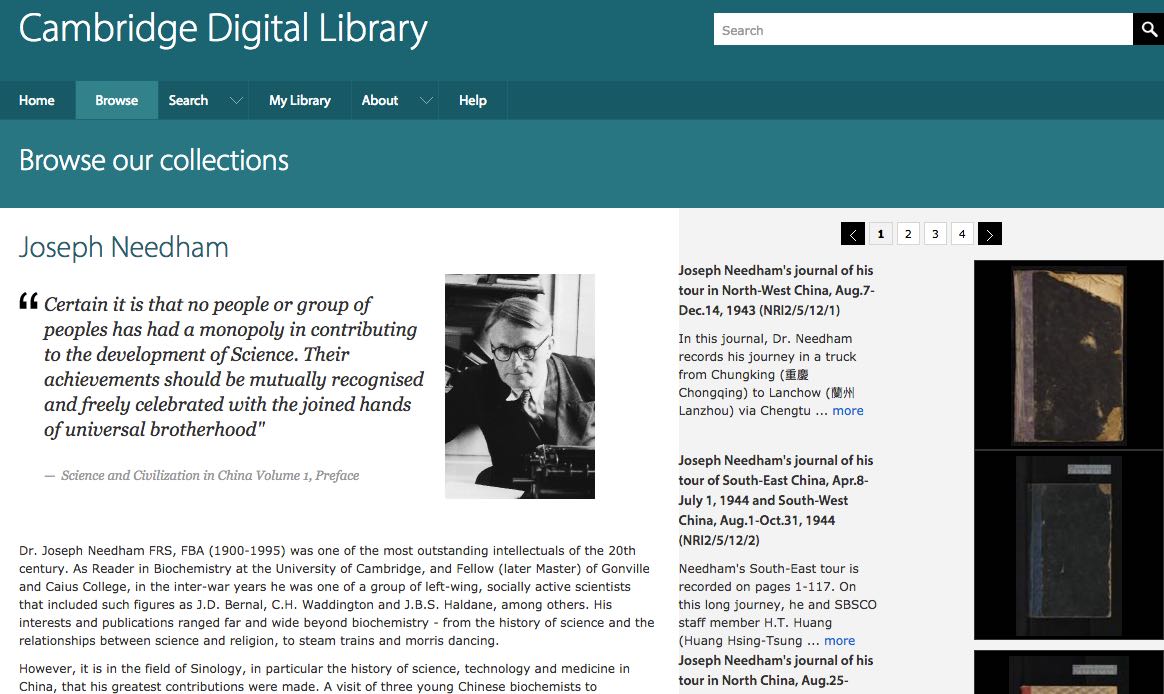
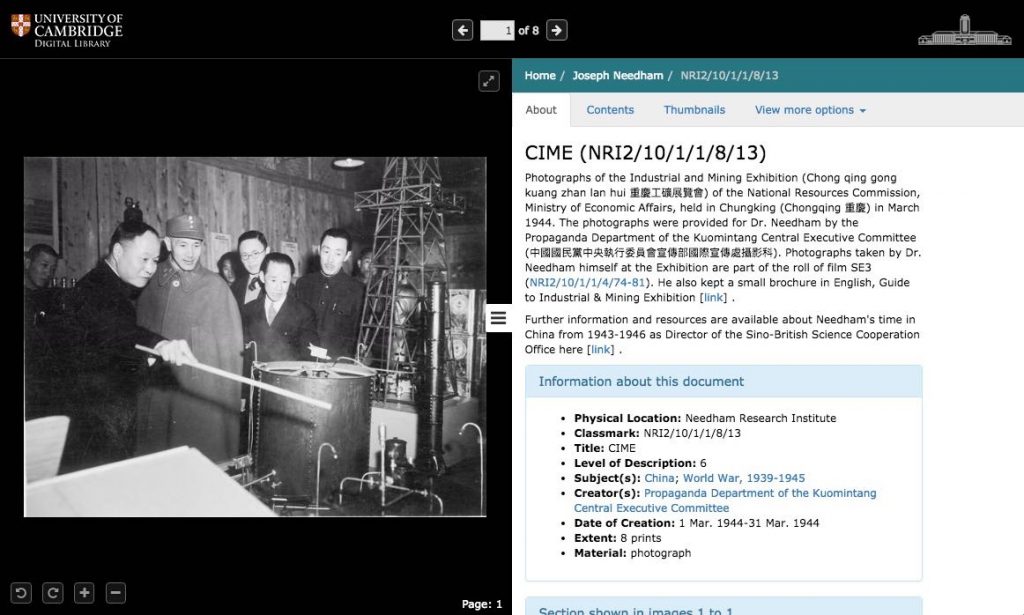
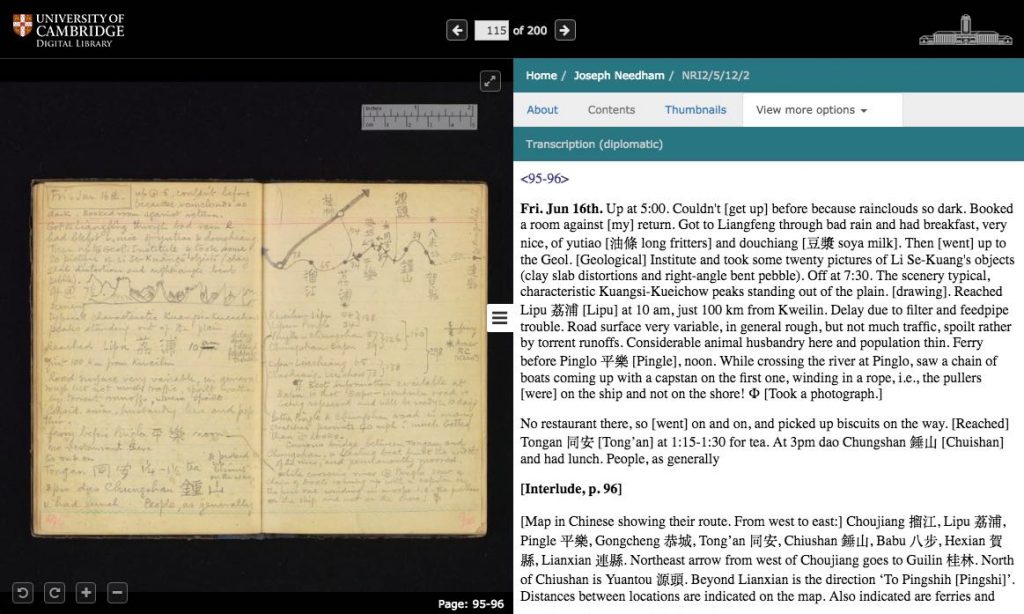
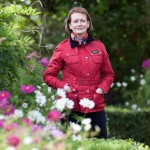
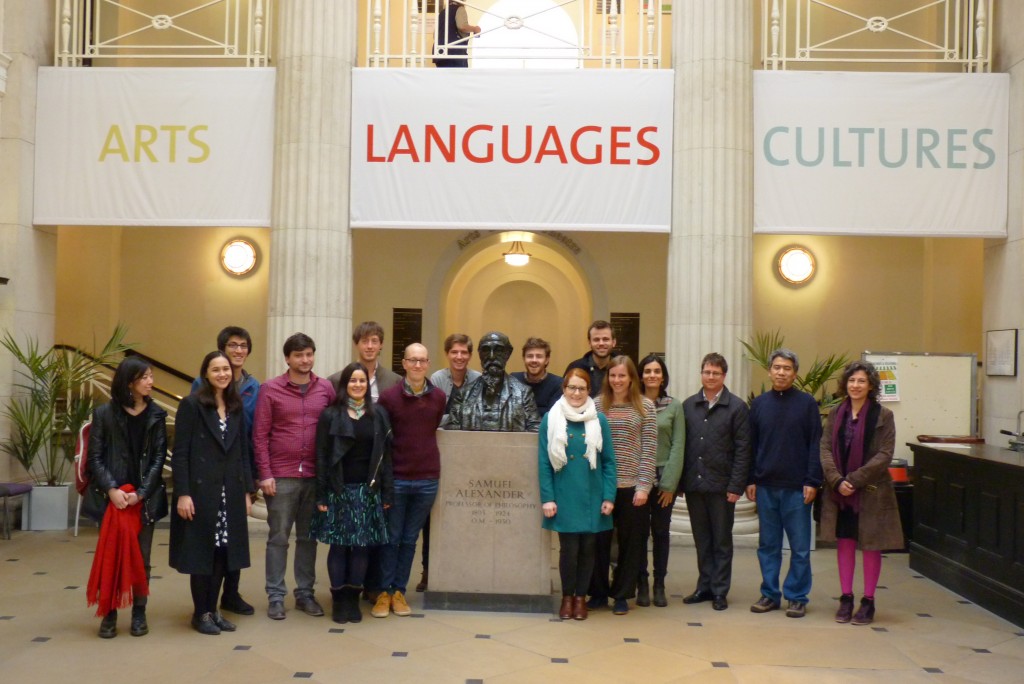
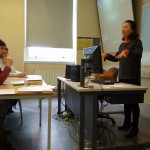
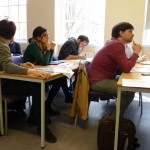
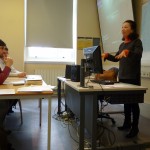
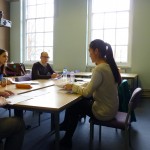
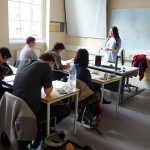
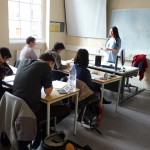
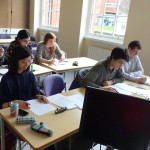
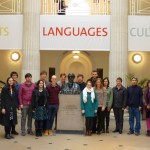
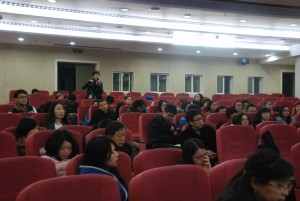
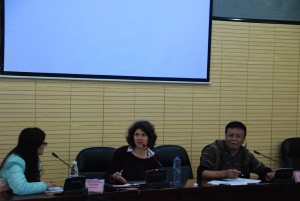 Following the screenings in UK and China, the film received favourable reviews in national and international media.
Following the screenings in UK and China, the film received favourable reviews in national and international media.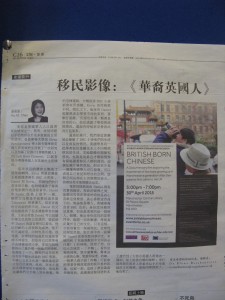
![BBC-British Born Chinese-2177[1]](https://www.bicc.ac.uk/files/2016/03/BBC-British-Born-Chinese-21771-300x225.jpg) In February 2016 ‘British Born Chinese’ was screened as part of the LSE ‘Food for Thought’ Literary festival.
In February 2016 ‘British Born Chinese’ was screened as part of the LSE ‘Food for Thought’ Literary festival.